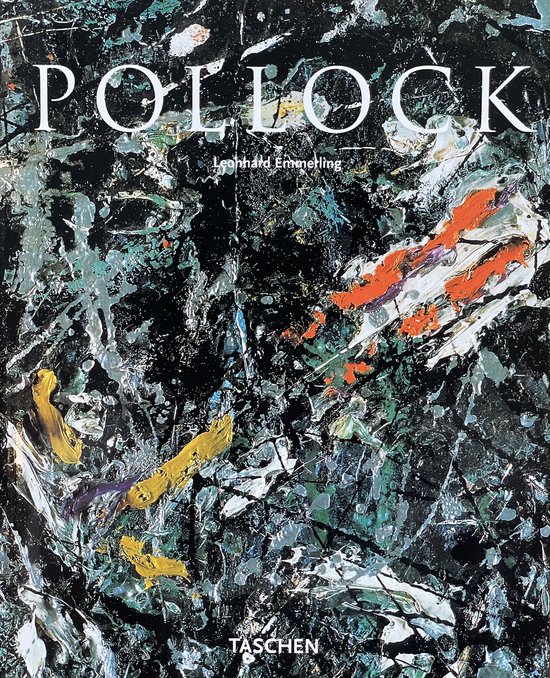
Jackson Pollock
Exhibiting Jackson Pollock in Florence and comparing him to Michelangelo is the challenge that the authors and curators of this summer's Florentine exhibition faced. One originates in drawing that with all its strength attempts to respect the order of nature and of the divine. The other is based in the phenomenology of the unconscious and mystical geometry, the perfect representation of an expanding universe. What Michelangelo and Pollock shared was the inspired frenzy they both transmitted as they worked, a sort of agonistic trance that rendered them extraneous to the outer world. Already in the 16th century, the expression, fury of the figure was coined to describe the serpentine lines of several Michaelangelo's figures, often characterised by his non-finito technique, a formal approach that expressively exalts the conflict between perfect beauty and the bulk of the unformed. In Pollock, the guiding concept adopted is instead that of the figure of the fury , an idea that defines the vital, violent and powerful painting of the American artist whose drip-paintings astonished many of his contemporaries, just as Michelangelo's prodigious Last Judgement had amazed his contemporaries five centuries before.
| Auteur | | Sergio Risalti |
| Taal | | Engels |
| Type | | Paperback |
| Categorie | | Kunst & Fotografie |




